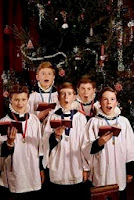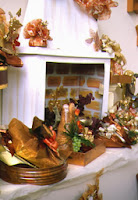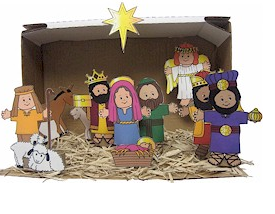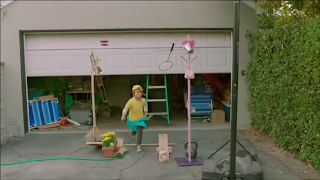Here is some English vocabulary related to the Christmas holidays!
VOCABULARIO EN INGLÉS PARA LA NAVIDAD
DAYS OF THE CHRISTMAS SEASON
24 December = Christmas Eve.
“Eve” is a very old word which means “the day before”. This day is literally the day before Christmas.
25 December = Christmas or Christmas day
Christmas day in the US is one of the most important holidays of the year, along with Thanksgiving. For many Christians it has great religious significance and it is customary to attend midnight mass, but for many it is a secular holiday where we get together with family and friends for eating, partying and gift giving. The Christmas season has become a huge shopping spree, fuelled by shops and all kinds of businesses looking to end the year with good sales.
Hanukkah = The Jewish winter festivity falls at the same dates as the Christmas season. It’s an 8 day celebration also called the Festival of Lights. The date is not fixed so the holiday can start any time from the end of November to the end of December, depending on the year.
31 December = New Year’s Eve. Notice the use of “Eve” again to mean “the day before”. It’s the day before the new year. At midnight many people gather in Times Square in New York to watch the ball fall to mark the exact moment we leave one year and enter the next. (Or they watch it on TV!) Kissing, hugging and toasting at 12 o’clock. But many people have to work the next day, so they go home early.
1 January = New Year’s Day. Like Thanksgiving, it’s a day for watching football! It marks the end of the Christmas season, also called Yuletide.
WHAT’S TYPICAL AT CHRISTMAS?
Christmas presents of course!
Christmas decorations: In the US many people decorate their homes with colored Christmas lights, inside and out, put up a Christmas tree covered in colored decorations and more lights, decorate their windows, their table, everything! It’s an explosion of color, especially green and red, the most traditional colors.
Christmas cards: We still send family and friends a Chrstmas card before Christmas day, especially to the people we don’t want to lose contact with, but we don’t see or have the opportunity to see during the rest of the year. Many families write a letter with their news from the whole year, print it at home and include it in each card. The use of paper cards is becoming less frequent with the rise of e-cards: fast and free!
Christmas tree, of course!
Christmas carols: Traditional songs we sing at this time of the year. “Traditional” could mean songs that are hundred of years old, but we also have “traditional” rock and roll songs, pop songs, country and western, blues and whatever! Want to hear some? Click here CLICK for Christmas carols!
 |
| Christmas Carols |
Manger scene, also called Nativity Scene
The three wise men: Balthasar, Melchior and Gaspar
Holly
ENGLISH LANGUAGE TIPS FOR CHRISTMAS
What we say at Christmas:
Merry Christmas and Happy New Year!
What did you get for Christmas?
What are you doing at Christmas?
How was your Christmas?
What we write in the cards we send
Many happy returns!
Seasons Greetings!
CHRISTMAS VOCABULARY FALSE FRIENDS:
fireplace or chimney?!
 |
| fireplace |
 |
| chimney |
HAPPY HOLIDAYS FROM LINGUASUITE!!
 In 1914, The New York Times relocated to West 43rd Street but New Year’s Eve in Times Square was already a part of American’s tradition.
In 1914, The New York Times relocated to West 43rd Street but New Year’s Eve in Times Square was already a part of American’s tradition.



















